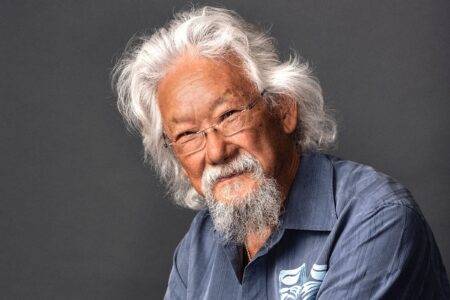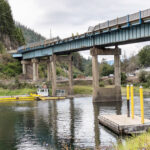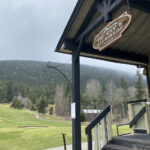Nitrates not evident in Grand Forks water
From the oldest well drilled in 1956 to the newest one built in 2000, the City of Grand Forks can rest assured that their water sources are large enough for the near future and safe.
In his report to the city council on Monday, Nov. 19, Remi Allard of Piteau Associates said that the most important action the city can take to enhance their water supplies is to start saving for a new well. His study reviewed ground water protection planning, nitrate levels near wellheads, delivery capacity of the existing wells, quality of the aging wells, quality of the water sources and bacteria levels in the wells.
“We’ve looked at the current status of your ground water wells and we’re looking at how to prioritize some actions that you might entertain in the future to maintain the sustainability of that system,” reported Allard. “There are some people that think that we have a really big nitrate problem in Grand Forks and in the area of your wells, in fact, we don’t think that you have a problem and we have a lot of information to support that… The wells are all in pretty good shape, they show low concentrations of nitrates.
Allard reported that the efficiency of the wells are linked to the screens that filter bacteria and other sediments out of the water. With a regular cleaning program, which is in place for Grand Forks, well efficiency was reported to be optimal.
Although current water supplies appear sufficient, Allard noted that there are times when the wells are overused. In the long term the city should consider increasing capacity as well as dealing with reducing demand, he added.
“There are a lot of good things that have come out of this study. We’ve tried to prioritize the actions you need to consider in the long run for the sustainable management of your resource,” Allard added. “Your quantity is potentially an issue in the long run. Right now you’re doing okay, you’re over utilizing the wells a little bit. If you can reduce some demand, or if you have increased demands on your system, in the long run you’re probably going to need to increase capacity.”
Looking at the various well locations, Allard suggested that if the city does consider drilling a new wellhead they should locate it in the southwest area of town, near the existing wells #3 and #3A.
For a ground water protection plan, required by Interior Health, the key issues include: contingency for emergencies, an emergency plan, monitoring of the activities located nearby the wellheads, and protection of the same. Allard said in their review they did not identify any issues that the city would need to take action on.
The city’s wells draw largely on water from the river, but that the draw is located far enough away from the Kettle River that the soil filters the water prior to entering the wellhead over a period as long as one year.
“Keep in mind the depths the wells are significantly lower than the river. Yes, it’s true that when you pump your wells you’re pulling from the aquifer and some of that water being pulled from the aquifer is being replenished by losses from the river,” Allard explained. “So if that river was to go down a significant amount the amount of available drawdown for the pumps would be lowered. But the historical levels in the Kettle River do not suggest that you would ever have a problem with that.”
Allard’s key recommendations were to start their savings program for a new well, to complete work with Urban Systems to install generators to ensure water flows during power outages, and to look at reducing demand to maintain the levels of water flows in case of fires.
Council received the report and will be continuing to work on the recommendations.






















